Agricultural Microbiology
This text book is written keeping in mind the contents of the syllabus of the course ‘Agricultural Microbiology’ taught in BSc.(Ag) degree program all over the country as the syllabus is approved in Deans’ committee at ICAR level. The book will be useful for students and the teachers teaching the course. The book has five sections namely basics of microbiology which deals with fundamental principles of general microbiology. Section two covers ecology of soil biota and organisms in soil liter interfaces. Third section is biogeochemical cycles of plant nutrients discussing microbiological transformation of important plant nutrients and their movement in the soil constituents. Fourth section relates with applied aspect of agriculturally useful microorganisms dealing with biofertilizers and biocontrol agents. Fifth section discusses qualities of drinkable water and food and water borne diseases directly concerned with human hygiene. A chapter on traditional and molecular techniques to study soil microorganisms and their activities in situ and laboratory is also incorporated. The language of the book is simple and subject matter is discussed with help of illustration such as graphs, charts, tables and pictures, keeping readers in mind. In the end of each chapter exercise in the form of questions has been incorporated to help the student to recapitulate the contents of the chapter.
Contents: I. Introduction: 1. Agricultural microbiology and scope. 2. History of microbiology. II. Basics of Microbiology: 3. Microbial cell: Constituents and composition. 4. Prokaryotic cell metabolism. 5. Nutrition, growth and culturing of microorganisms. 6. Genetics of prokaryotes. 7. Bacteriophages. III. Soil Biota and their Ecology:8. Soil: A habitat of microorganisms. 9. Soil bacteria. 10. Soil fungi. 11. Soil green algae. 12. Soil animals. 13. Rhizosphere. 14. Phyllosphere. 15. Methods for studying soil microorganisms. IV. Biogeochemical Cycles of Plant Nutrients: 16. Carbon cycle. 17. Organic matter decomposition and nutrient recycling. 18. Nitrogen cycle and transformation. 19. Nitrification and denitrification. 20. Basics of biological nitrogen fixation. 21. Non-symbiotic and associative nitrogen fixation. 22. Legume-rhizobia symbiosis. 23. Actinorhizal symbiosis (Actinorhiza). 24. Azolla- Anabaena symbiosis. 25. Microbial transformation of soil phosphorus. 26. Mycorrhizae. 27. Microbial transformation sulfur in soil. V. Exploitation of Microorganisms in Agriculture: 28. Biofertilizers. 29. Microbial insecticides and herbicides. 30. Composting. 31. Microbial interactions and biocontrol soil borne plant diseases. 32. Biogas production. 33. Microbiology of water. 34. Wastewaters. 35. Food microbiology.
Get it now and save 10%
BECOME A MEMBER

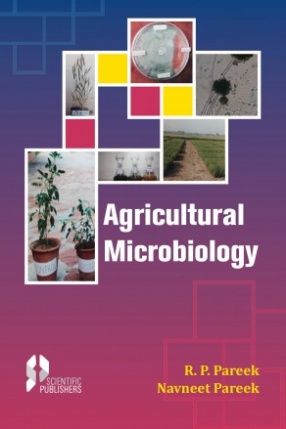
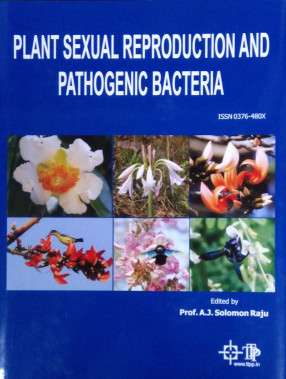
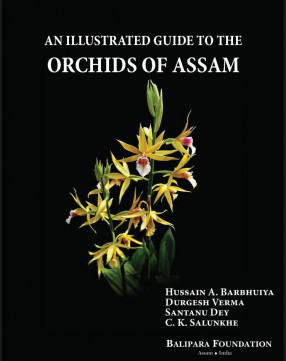
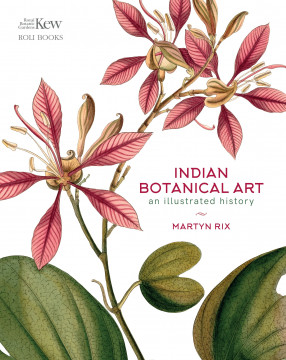
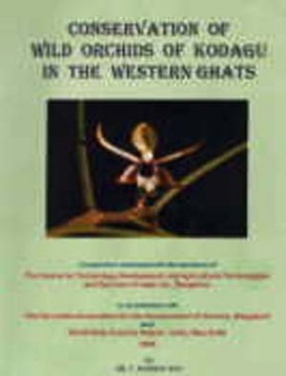

Bibliographic information
Navneet Pareek